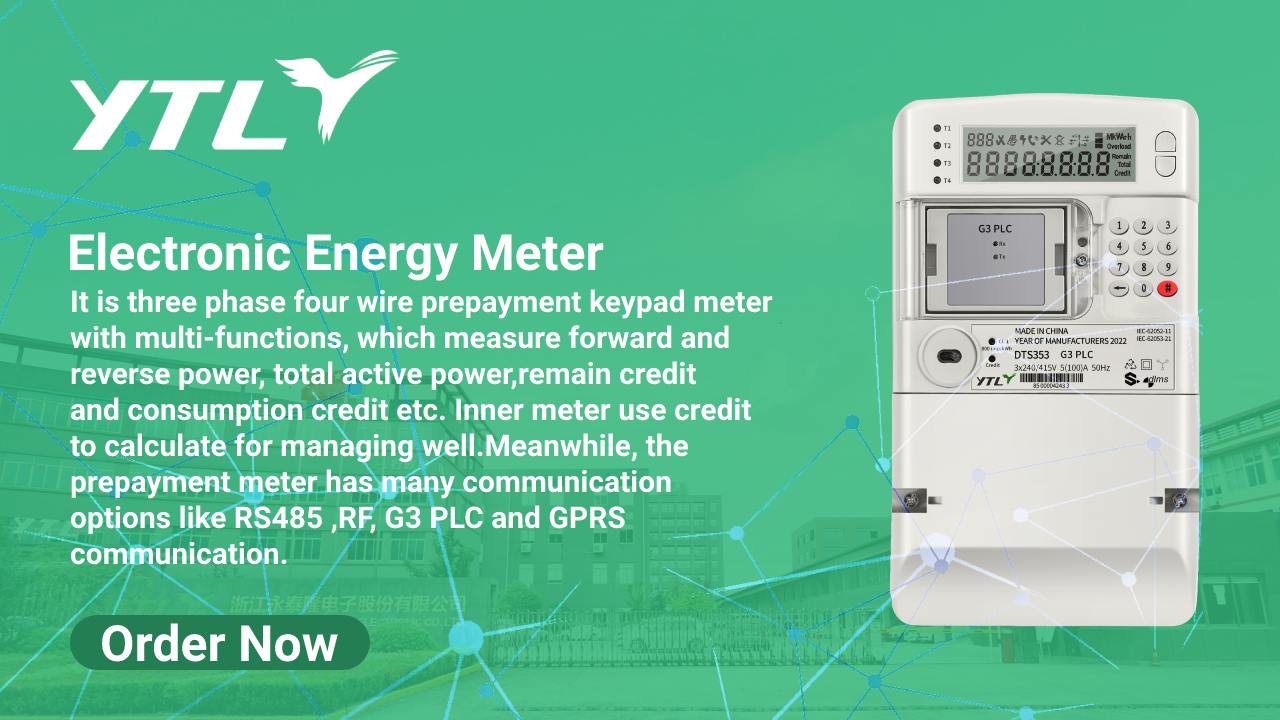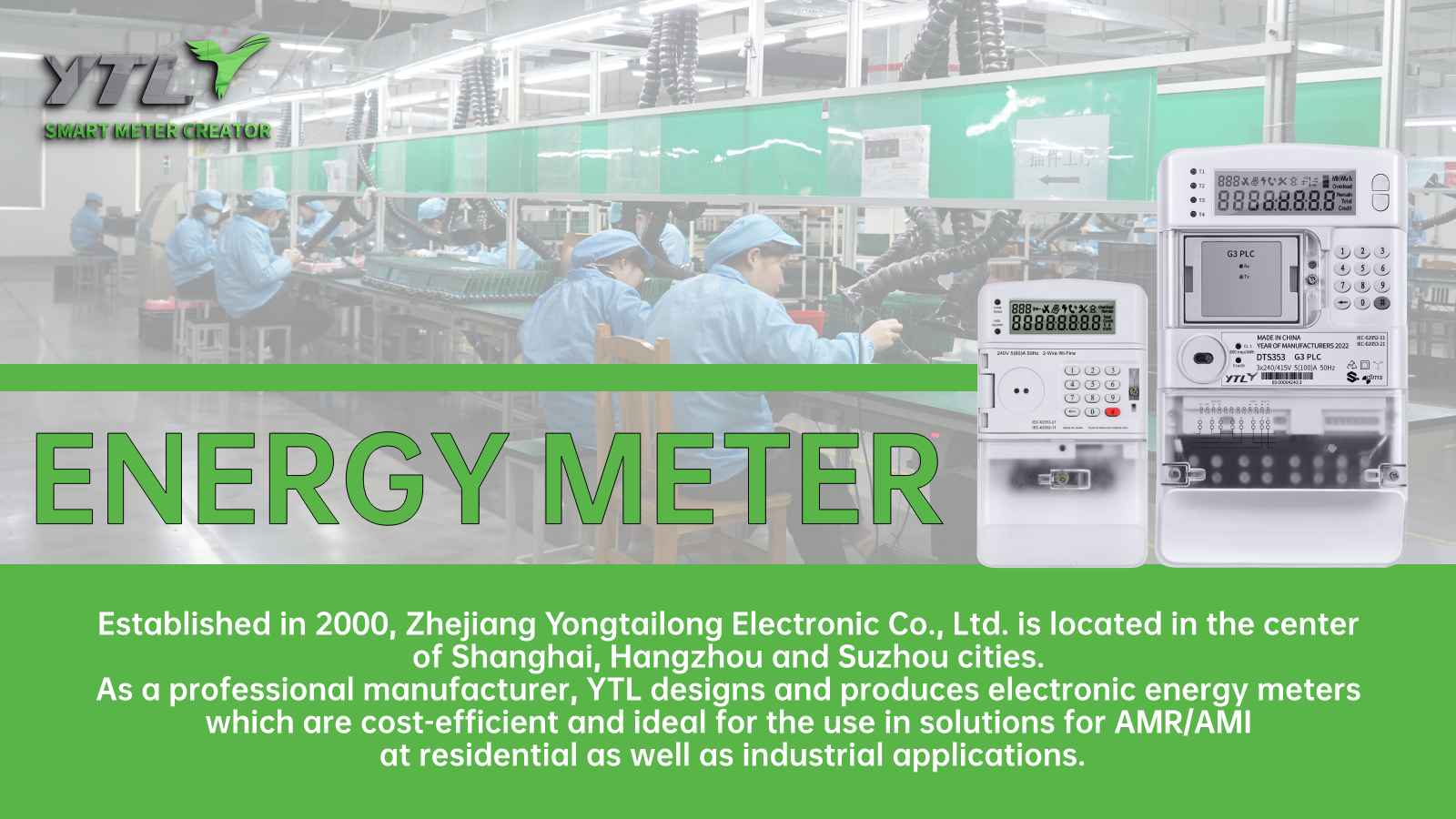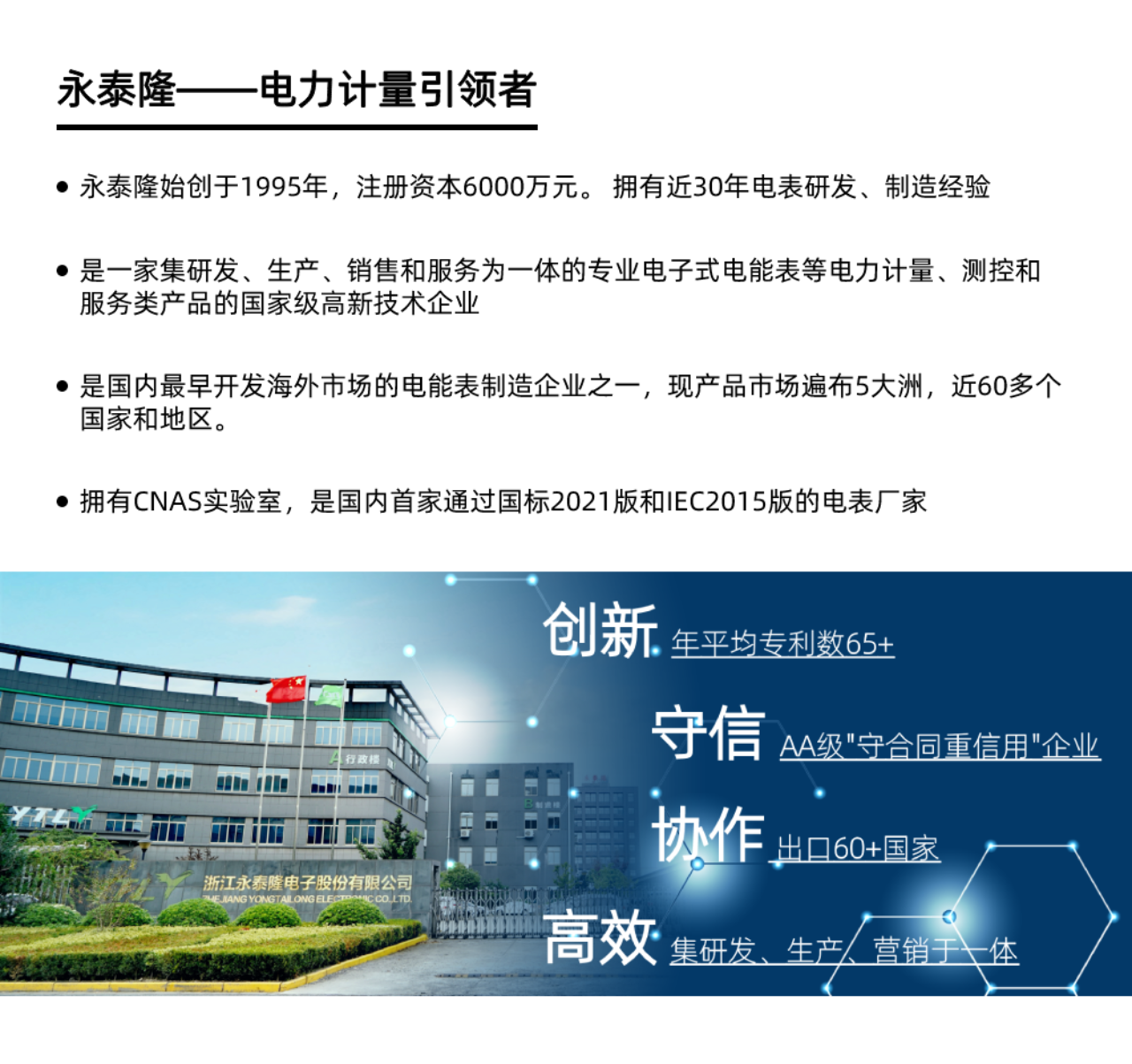The time of use electricity pricing policy maps the electricity supply and demand relationship to the electricity cost through a differentiated pricing mechanism, promoting enterprises to shift from extensive energy consumption to fine regulation. This policy divides the entire day into peak, off peak, off peak, and off peak electricity price ranges, with a price difference of up to 3-5 times. For enterprises with an average monthly electricity consumption of one million kilowatt hours, differences in time period selection may get to fluctuations in monthly electricity bills exceeding one million yuan. Smart meters, with their real-time monitoring, load forecasting, and automation control capabilities, are becoming the core tool for enterprises to cope with time of use electricity prices. They reconstruct the logic of electricity cost management through data-driven strategies.

Technical challenges and optimization logic of time of use electricity pricing
The cost control of time of use electricity pricing is essentially the spatiotemporal transfer of load - transferring high energy consuming processes from high price periods to low price periods, but balancing the complexity of production continuity and equipment coordinated operation. Traditional manual scheduling relies on experience and is difficult to quantify solutions under multiple constraints. The breakthrough of smart meters lies in transforming electricity consumption behavior into structured data streams and dynamically optimizing costs through algorithmic models. Its technological path focuses on three levels:
1. Load profile and time period matching
Smart meters record device level electricity consumption data at a granularity of 15 minutes, combined with production plans and electricity price periods, to construct a load characteristic matrix. For example, a workshop found through analysis that 60% of the energy consumption of a certain equipment can be migrated to the valley section, reducing the unit energy consumption cost by 32%.
2. Collaborative optimization of demand electricity bill and electricity bill
Time of use electricity pricing requires synchronous management of electricity bills (total amount x time period electricity price) and demand electricity bills (peak value x unit price). The smart meter calculates the average power for 15 minutes in real-time, predicts load trends, and dynamically adjusts equipment start and stop to fully utilize low price periods while lowering peak values. A certain data center reduced electricity bills by 24% by coordinating the cooling system with the electricity price cycle.
3. Collaborative scheduling of multiple energy systems
For enterprises equipped with photovoltaic and energy storage systems, smart meters integrate power generation forecasting, energy storage status, and electricity price signals to optimize energy flow. A certain factory has increased its photovoltaic utilization rate to 89% through valley charging and peak discharge strategies, resulting in a 17% increase in peak valley price difference profits.

Technical support and implementation path of smart meters
Core technical competencies
High frequency data and edge computing: collect voltage, current and other parameters every second, run LSTM algorithm locally to predict future load, and compress the response time to seconds;
Dynamic electricity price response interface: docking with real-time electricity price data streams of the power grid, triggering load adjustment plans;
Equipment level energy consumption traceability: By using PLC/HPLC technology to associate meter data with equipment logs, it supports process level optimization;
Security and Compliance: The national encryption SM9 algorithm encrypts data and meets ISO 50001 certification requirements.
implementation steps
Baseline assessment: Monitor for 1-3 months to identify high energy consuming equipment and adjustable loads;
Strategy modeling: Train load forecasting models and set device priorities;
System integration: The electricity meter data is integrated into the MES/BMS system to achieve synergy between production and electricity consumption;
Continuous optimization: Digital twin simulates different scheduling costs and iterates algorithm parameters.
The initial investment payback period is usually less than 18 months, and long-term data can also be used for equipment health diagnosis and capacity analysis, forming a composite value network of "energy-saving efficiency reduction".
Future Evolution: From Cost Control to Value Creation
The marketization of electricity promotes the evolution of time of use electricity prices towards dynamic real-time electricity prices. Pilot projects in Zhejiang, Guangdong, and other regions are updating electricity prices every 15 minutes, which poses higher requirements for enterprise response speed. The new generation of smart meters independently explores strategies through reinforcement learning algorithms: increasing production capacity reserves during valley periods and participating in demand response to obtain compensation during peak periods. With the integration of carbon markets and green electricity trading, enterprises can optimize the "electricity price carbon cost green electricity revenue" globally, transforming electricity management from a cost center to a profit center.
conclusion
The time of use electricity pricing policy guides efficient energy allocation through price signals. Smart meters convert electricity consumption behavior into programmable "energy codes", helping enterprises accurately capture value windows. When the usage time and cost-effectiveness of each kilowatt hour of electricity are accurately measured, the reduction of electricity costs becomes a natural result of the digital transformation of energy. The data assets and intelligent capabilities accumulated during this process will become the cornerstone of the core competitiveness of enterprises in the zero carbon era.


 English
English 简体中文
简体中文



.jpg?imageView2/2/w/500/h/500/format/png/q/100)
.png?imageView2/2/w/500/h/500/format/png/q/100)

.png?imageView2/2/w/500/h/500/format/png/q/100)







